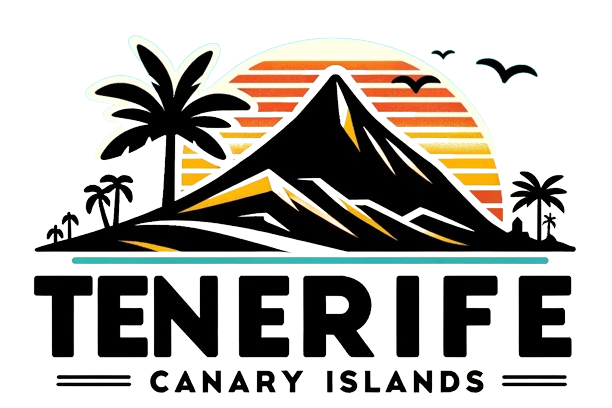Controversial New Management Plan for Teide National Park Sparks Debate
A new management plan for Teide National Park, set to replace the existing regulations that have been in place for over 20 years, is generating significant debate across Tenerife. This proposed overhaul aims to address the increasing pressures of tourism while attempting to safeguard the park’s unique ecosystems. As the island grapples with the balance between conservation and visitor access, the implications of this plan are being scrutinized by various stakeholders.
Key Changes in Access and Regulations
The draft proposal introduces several time-based access limits, a shuttle transport system, and modifications to activity regulations, while also easing some existing restrictions. One of the most notable changes is the limitation of access to the park’s car parks during specific hours, allowing only public or authorized private shuttle services. Visitors arriving by car outside these designated hours may be turned away, which could significantly alter the way tourists plan their visits.
A new network of shuttle buses is planned to connect park-and-ride areas to key locations within Teide National Park. This initiative aims to reduce congestion and minimize the environmental impact of private vehicles. Additionally, anyone wishing to use the cable car will be required to arrive via these shuttles, further emphasizing the park’s commitment to sustainable transport solutions.
Visitor Capacity and Activity Regulations
The current management plan from 2002 acknowledged the need to control visitor numbers, but this was never strictly enforced. The new draft confirms that visitor access will be regulated once capacity limits are established. It sets a specific cap of 150 people allowed at La Rambleta and nearby paths, including Telesforo Bravo, Mirador de la Fortaleza, and Mirador de Pico Viejo, at any one time, with a maximum of 50 people permitted on the trail to the summit. This move is seen as essential to prevent overcrowding and to protect the park’s fragile environment.
Furthermore, the new plan would open several unpaved tracks for cyclists, including those in Arico El Viejo, Fasnia, Corral del Niño–Montaña del Limón, and Guamaso. This expansion of cycling routes aims to promote alternative forms of recreation while managing foot traffic in more sensitive areas. It also aims to officially approve major sporting events such as the Tenerife Bluetrail, Teide 360, and Vuelta Ciclista Isla de Tenerife, provided they are organized by the island’s authorities and deemed low-impact, thereby integrating sports tourism into the park’s management strategy.
Environmental Concerns and Community Response
Critics of the proposal, including major scientific institutions like the Spanish National Research Council (CSIC) and the University of La Laguna (ULL), have expressed their opposition. They argue that the plan prioritizes visitor convenience over ecosystem protection and could lead to commercial exploitation of the park’s delicate landscapes. The potential for increased visitor numbers, coupled with the proposed changes, raises alarms about the long-term sustainability of the park’s natural resources.
Another contentious aspect of the plan is its approach to beekeeping and the control of muflon, a non-native wild sheep. The new plan would initially allow up to 2,600 beehives, reducing this number by 150 each year until reaching 2,000. The CSIC has warned that this could harm native species, as honeybees compete with local pollinators, potentially disrupting the ecological balance. Conversely, the plan sets a five-year deadline to eradicate the muflon, which has been blamed for damaging native plants and fragile ecosystems, highlighting a proactive approach to invasive species management.
Additionally, rules for caving would be relaxed, allowing participants to gain authorization from park management instead of requiring federation membership. Recreational caving would remain limited to the Sima de Vicky at Montaña Rajada, ensuring that while access is broadened, it remains controlled to protect sensitive geological formations.
Supporters of the new plan argue that it modernizes park management and strikes a better balance between tourism and conservation. They believe that the proposed measures will enhance visitor experience while ensuring that the park’s ecological integrity is preserved. However, the ongoing debate highlights the challenges of managing a natural area that attracts significant tourist interest while preserving its ecological integrity. As discussions continue, the future of Teide National Park hangs in the balance, with both sides advocating passionately for their perspectives.
Key Points
- A new management plan for Teide National Park is proposed to replace the existing regulations from over 20 years ago.
- The plan includes time-based access limits and a shuttle transport system for visitors.
- Visitor capacity will be regulated, with specific caps on the number of people allowed in certain areas.
- New unpaved tracks will be opened for cyclists, and major sporting events may be approved.
- Environmental groups, including CSIC and ULL, oppose the plan due to concerns over ecosystem protection.
- The plan proposes a gradual reduction in beehives and a five-year deadline for eradicating muflon.
- Rules for caving will be relaxed, allowing easier access for recreational cavers.
